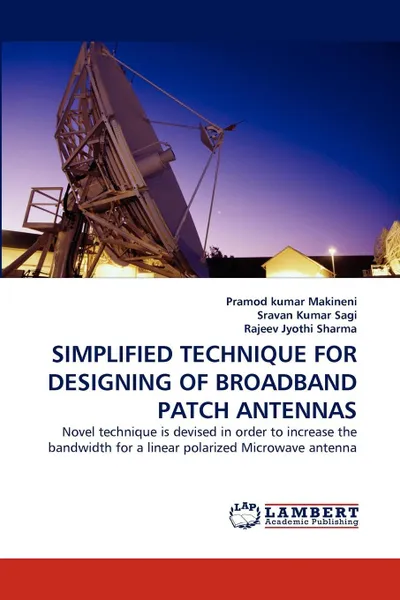Simplified Technique for Designing of Broadband Patch Antennas 12+
2010
104 страницы
Категория: Научная литература
ISBN: 9783838395821
Язык: Английский
📕 Microstrip patch antennas (MPA) were preferred for such work due to their small size. The development of MPA enters its prosperous era after the debut of the first practical microstrip antenna in 1970s. Since then, microstrip patch antennas have been widely employed in modern wireless communication systems. It is because microstrip patch antennas have many advantages of low profile, light weight, easy fabrication, conformal and easy integration with integrated circuits. However, conventional patch antennas suffer from narrow bandwidth and large size. Along with the rising demand for wider bandwidth and smaller size, wide-band and compact patch antennas have been developed extensively. A technique of broad banding by slot loading is preferred. By means, slots are cut into rectangular patch antenna in order to cut the current flow lines, so that higher frequency modes can be perturbed and ratio of two frequencies can be adjusted by adjusting the slot size. Then to reduce the size of the antenna the loading of shorting pins was introduced. This type of antenna is often known as PIFA. Due to its compact size, PIFA is used in mobile and wireless communication.
Мнения
